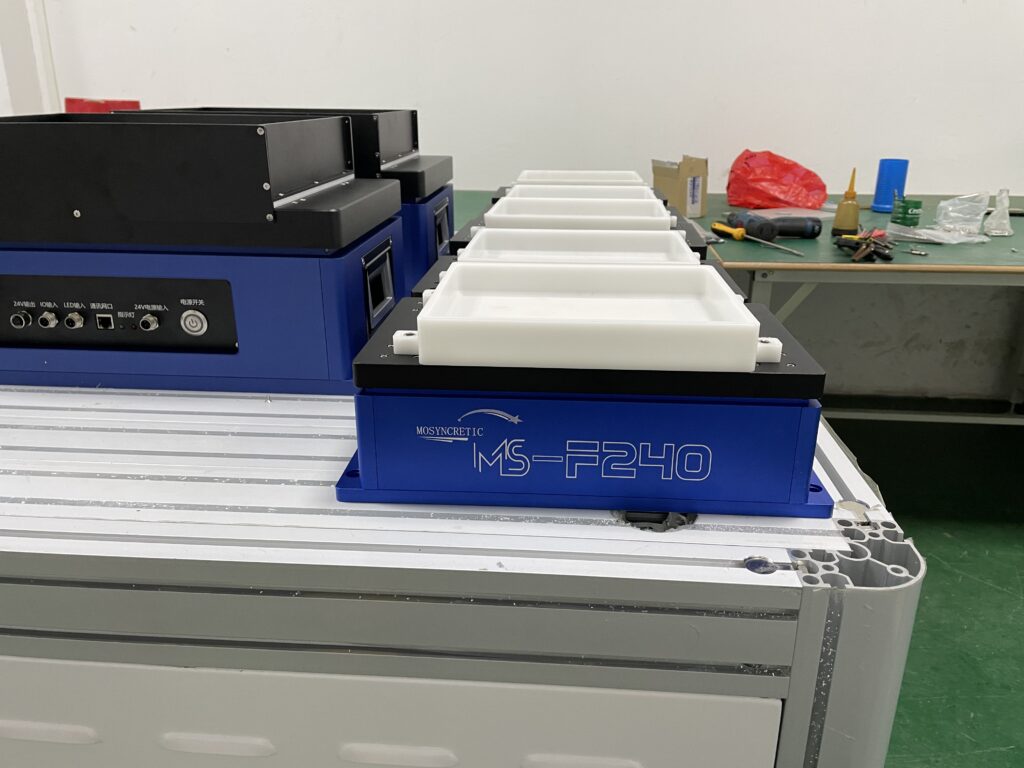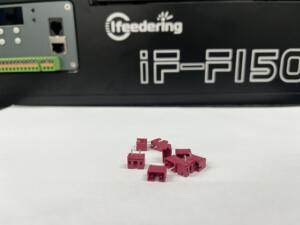Flexible Feeding Systems are an invaluable tool for many factories around the world. They help to maximize production efficiency by allowing for quick and reliable materials recycling, as well as aiding in the automation of complex manufacturing processes.
At its core, a Flexible Feeding System is composed of two key components: a conveying unit and a sorting device. The conveying unit utilizes multiple algorithms that take into account factors like speed, density, size, and shape of material being processed to efficiently transport it from one station to another. Meanwhile, the sorting device uses various technologies such as artificial intelligence (AI) and computer vision systems (CV) to accurately sort items according to their properties. With this technology installed onsite at the factory along with sensors monitoring parameters like temperature or current flow levels throughout production process stages, operators can track their progress in real-time without having to manually move any objects between stations – allowing for significant time savings during workflow cycles.
Aside from optimizing productivity levels within the facility itself through faster throughput times, Flexible Feeding Systems have also become essential in helping plants cut down on manual labor costs associated with repetitive tasks such as packing or assembly line work – further enhancing overall operational efficiency across entire manufacturing processes. In addition to cost reductions however; these systems also drastically improve safety conditions at factories thanks largely due automation taking over hazardous jobs that were once done by hand instead of using potentially dangerous machinery – making them an increasingly important part of modern industrial operations all around the world!





